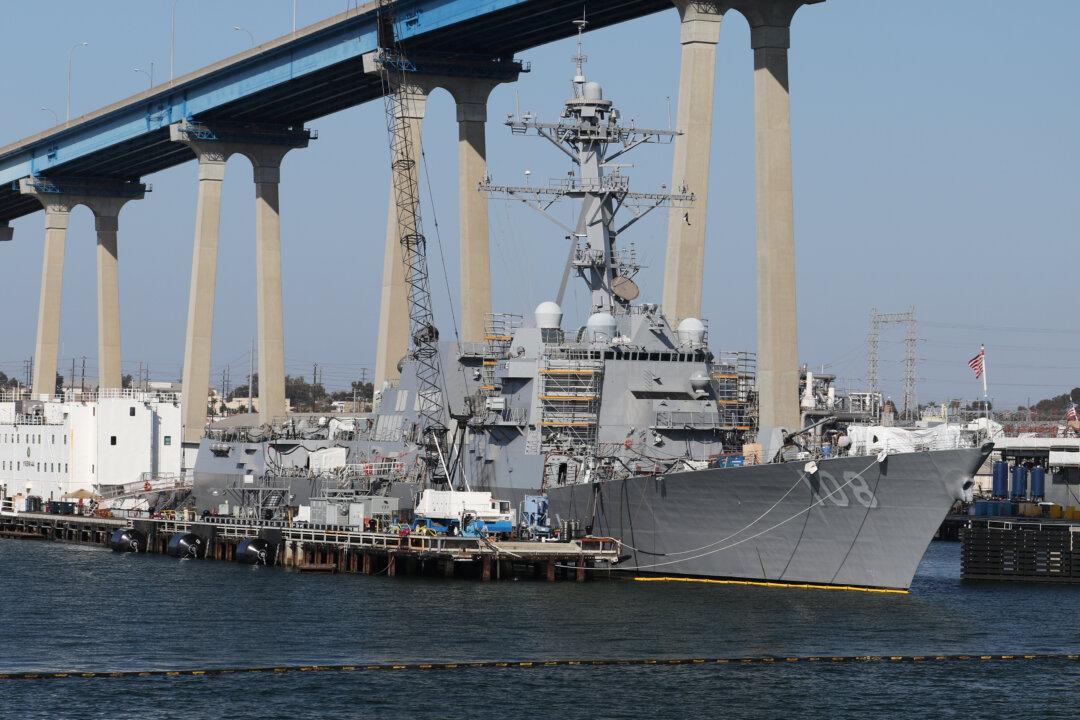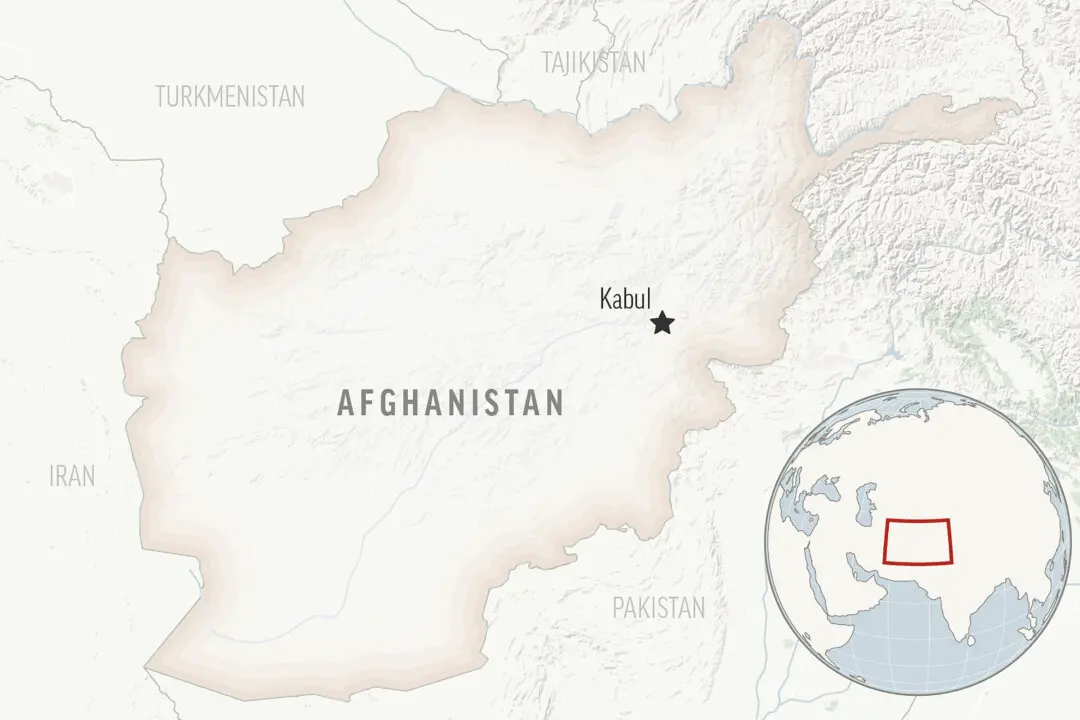WASHINGTON—A U.S. Navy destroyer sailed near islands claimed by China in the South China Sea on Aug. 28, the U.S. military said, a move likely to anger Beijing at a time of rising tensions between the world’s two largest economies.
The busy waterway is one of a growing number of flashpoints in the U.S.-Chinese relationship, which include an escalating trade war, American sanctions on China’s military and U.S. relations with Taiwan. On Tuesday China had denied a request for a U.S. Navy warship to visit the Chinese port city of Qingdao.





